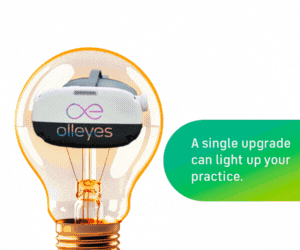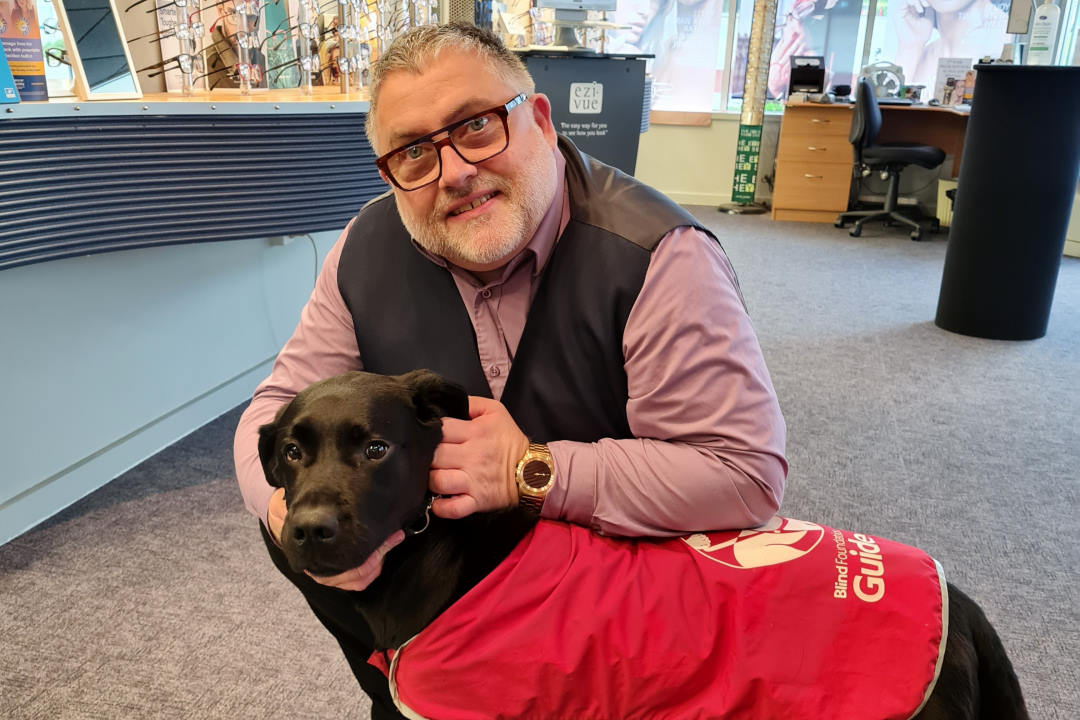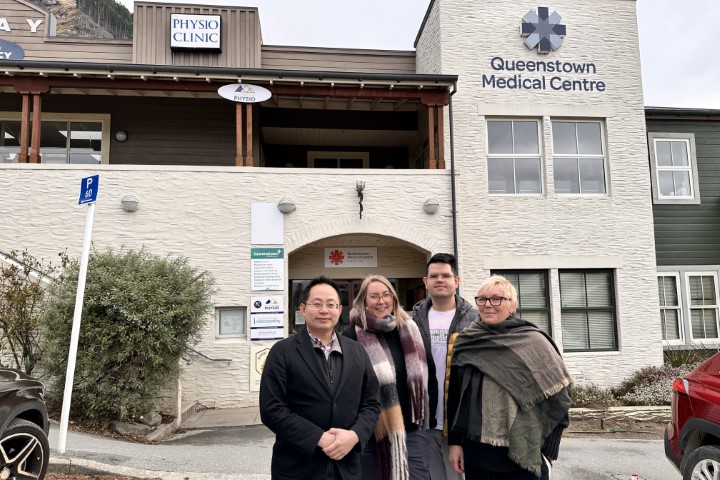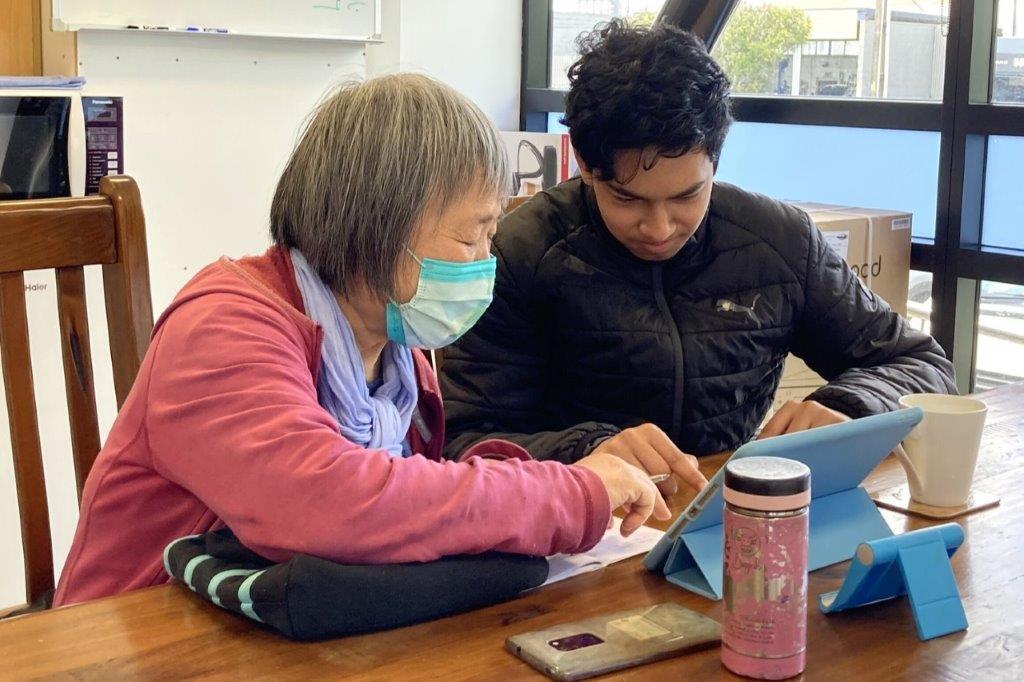Intraocular telescope implanted in NZ
New Zealand consultant ophthalmologist Dr Dean Corbett has successfully implanted the Samsara Vision’s SING IMT (smaller-incision new-generation implantable miniature telescope) in a patient with age-related macular degeneration (AMD).
Inspired by a Galilean intraocular telescope, the SING IMT is designed to improve visual acuity and quality of life for patients with late-stage AMD, Dr Corbett explained. By reducing the impact of central scotoma (the characteristic ‘blind spot’ in the middle of an AMD patient’s vision), it aids patients with reading, knitting, gardening and identifying human faces – essentially reconnecting them to their former life, he said.
The operation was performed at the Southern Lakes Eye Care and Surgery in Queenstown on a 79-year-old woman who had already had lens replacement surgery in her other eye to improve peripheral vision. Implantation of the SING IMT, in conjunction with cataract surgery, went smoothly, Dr Corbett said. “The patient is doing well; post surgery she had no pain and blurry vision. When I saw her on day one post-op her eye was comfortable with normal IOP.”

Dr Dean Corbett and Deoné Luus (below)

From follow-up at one month, the woman will start rehabilitation training sessions to optimise visual adaptation to her new method of seeing, said Southern Lakes’ Deoné Luus, optometrist and ophthalmic technician. “The optometric training is designed to give the patient a bit of her independence back and help her return to some of the activities she enjoys. It will include six to eight sessions depending on how quickly she adapts to the mini telescope.”
Because a pre-op simulation test was done to confirm she met the indications for the SING IMT, the patient already has an idea of what her vision will be like postoperatively, Luus said. “Queenstown is a small town and I ran into her a couple of times in the supermarket before the surgery. I could see how she struggled to see labels and the expiry dates, she even had difficulty identifying banknotes, so I’m excited for her to see how this lens can improve her quality of life.”
To meet the SIMG IMT criteria, patients must be 55 years or older, have late-stage AMD, no previous cataract surgery in the eye in which the telescope will be implanted and must have good peripheral vision in the other eye for orientation post surgery.
With additional reporting from Sarah Daniell.


























